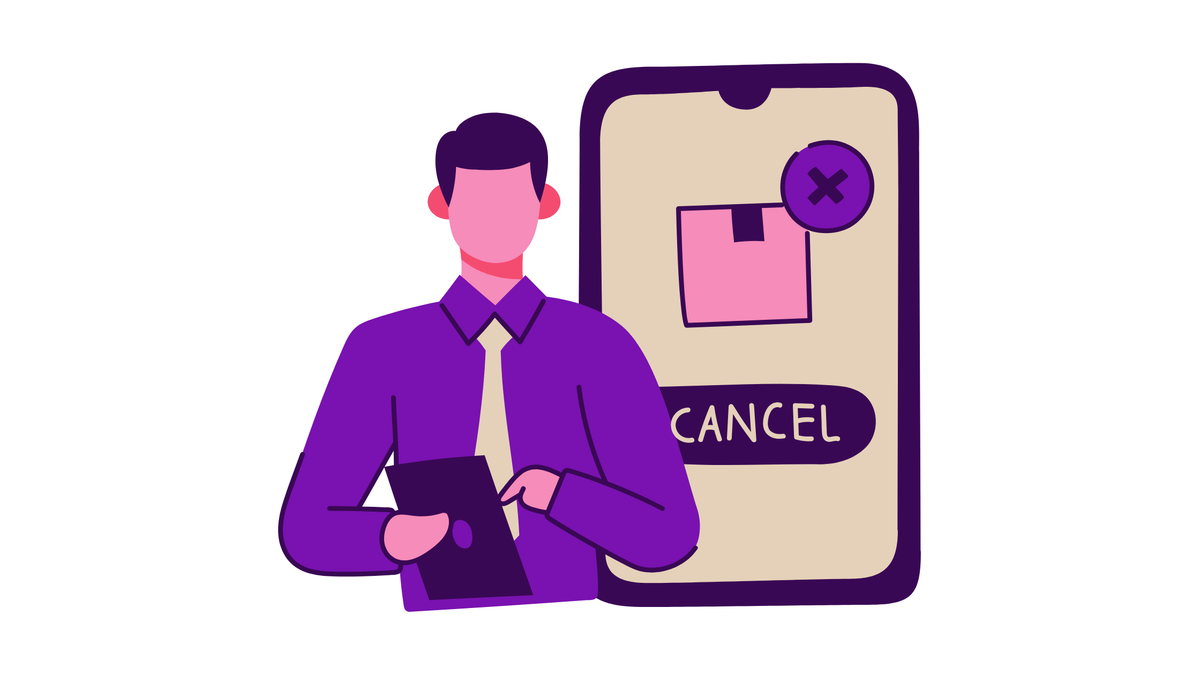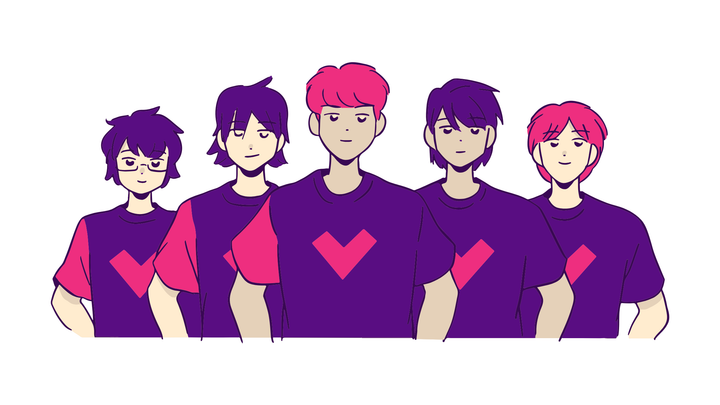How to Reduce Churn in SaaS by Learning from Your Competitors

Your churn problem doesn't start with your own cancellation emails. It starts with a public complaint about your competitor.
Most SaaS founders are flying blind, relying on lagging internal indicators like NPS drops or support ticket spikes to diagnose churn. This reactive approach means you're always one step behind, fixing problems that have already cost you revenue and damaged your growth trajectory.
This guide provides a proactive playbook for reducing churn by transforming how you think about retention intelligence. You'll learn how to use competitor failures as an early-warning system to predict, preempt, and prevent the very issues that could undermine your growth - before they ever touch your customers.
Churn is a Leadership Crisis, Not Just a CS Metric
Churn isn't a customer success metric - it's a direct threat to your valuation, growth trajectory, and founder credibility.
The Compounding Catastrophe: Even what seems like a "healthy" 3.5% monthly churn rate - the 2024 average for B2B SaaS - creates a devastating compound effect. According to Recurly's 2024 benchmarks, this rate means you're losing over 35% of your customer base annually. For a $1M ARR company, that's $350,000 in lost revenue that must be replaced before you can grow a single dollar.
Beyond Revenue Loss: The hidden costs of churn extend far beyond lost revenue. Each churned customer represents wasted CAC (typically 5x more expensive than retention), negative social proof that compounds your acquisition challenges, team morale decay as success metrics decline, and a shrinking pool for expansion revenue. Research shows that a 5% improvement in retention can lead to a 25%+ increase in profits over time.
The Founder's Blind Spot: The most dangerous churn-related mistake founders make is delegating retention entirely to customer success teams. While CS owns execution, founders must own the strategic framework. Churn signals deep-seated issues in product-market fit, value proposition clarity, or competitive positioning - all founder-level responsibilities.
Internal metrics like usage decline or support ticket volume only reveal problems after frustration has already taken root. By the time these signals appear, you're fighting an uphill battle against established customer disappointment. Smart founders look outward first, using the market as their early warning system.
For context on how churn directly impacts your core business metrics, this retention challenge directly affects your unit economics fundamentals.
Why Your Competitors' Public Failures Are Your Best Early Warning System
The top reasons for churn aren't secrets. They're broadcast daily in the G2, Capterra, and Trustpilot reviews of your competitors.
Recent 2024 research reveals that customer churn stems from predictable patterns that show up consistently across competitor review platforms. Here are the three critical categories where competitor intelligence gives you the clearest retention advantage:
Product Gaps & Technical Issues: When competitors' customers complain about "missing key integrations," "clunky UI," or "slow performance," they're revealing the table stakes for your category. Studies show that technical issues and product quality problems are among the top drivers of voluntary churn. These complaints highlight exactly what your product cannot afford to get wrong.
Customer Experience Failures: Reviews mentioning "nightmare onboarding," "impossible to reach support," or "opaque billing practices" signal operational weaknesses you can exploit. Research indicates that 8 out of 10 customers will abandon an app if they don't understand how to use it, and over 90% believe companies could improve their onboarding processes. When you see these patterns in competitor reviews, you're getting a free audit of your own experience gaps.
Value Mismatch & Pricing Issues: Complaints like "didn't deliver on sales promises," "too expensive for the features," or "cheaper alternative does the same thing" reveal critical positioning vulnerabilities. With economic pressures in 2024-2025 leading companies to scrutinize software investments more carefully, value perception has become even more critical for retention.
From Complaint to Insight: Every competitor's 1-star review should trigger a specific, actionable question for your own team. For example:
- "Our competitor's billing is 'confusing and overpriced'" → "How clearly do we communicate pricing changes to existing customers?"
- "Users say their onboarding is 'overwhelming'" → "Can our new users reach their first value milestone in under 10 minutes?"
- "Multiple reviews mention 'poor mobile experience'" → "How does our mobile performance compare, and where are we vulnerable?"
This systematic external listening approach goes beyond traditional feedback collection. For a comprehensive framework on capturing external signals, explore our guide to social listening for SaaS.
Build Your Predictive Churn Radar with Competitor Intelligence
A systematic approach to monitoring competitor frustration transforms you from a reactive firefighter into a predictive strategist.
Set Up Your Listening Posts: Start by identifying the 3-5 key platforms where your competitors' customers voice their frustrations. G2 and Capterra remain the primary battlegrounds, with G2 focusing more on startups and US markets (over 2.4M reviews as of 2024) while Capterra targets SMBs globally (over 2M reviews across Gartner Digital Markets). Beyond formal review sites, monitor Reddit, industry-specific forums, and social media mentions where customers express unfiltered opinions.
Identify Actionable Signals: Don't just scan for negative sentiment - look for patterns and recurring keywords that indicate systemic issues. Watch for phrases like "always crashes," "hard to cancel," "missing basic features," or "support never responds." Pay special attention to complaints from users within your Ideal Customer Profile, as these represent your highest churn risk scenarios.
The Competitive Intelligence Framework: Apply a structured approach to competitor analysis that goes beyond casual monitoring. According to competitive intelligence experts, effective SaaS competitive intelligence operates on three levels:
- Strategic CI: Industry trends and major moves that signal market shifts
- Tactical CI: Immediate competitive aspects like pricing, features, and customer feedback
- Operational CI: Internal workings including hiring patterns and, crucially, customer retention strategies
The Frustration-Led Growth Connection: Frame this monitoring as the defensive side of competitive intelligence. Before you can acquire a competitor's unhappy customer (the offensive play), you must first learn from their pain to protect your own customer base. This creates a comprehensive competitive advantage - you're simultaneously defending your revenue and identifying expansion opportunities.
This systematic approach to competitor intelligence forms the foundation of what we call Frustration-Led Growth - turning market pain points into strategic advantages.
Turn Competitor Complaints into Your Proactive Retention Playbook
Every competitor complaint is a free, real-world stress test of your own product, onboarding, and customer experience.
If They Complain About Onboarding: Immediately audit your first-run experience. Case studies show that companies like Canva integrate education directly into onboarding - their "Design School" teaches design principles while users create their first project. Ask yourself: Is your "aha moment" clear within the first five minutes? Are you vulnerable to the same points of confusion that frustrated your competitor's customers?
When you see patterns of onboarding frustration in competitor reviews, use it as validation to prioritize user activation improvements. For deeper insights on creating powerful first experiences, explore our analysis of what creates an "aha moment" in SaaS.
If They Complain About Missing Features: Cross-reference the request against your roadmap and current capabilities. This isn't about copying every competitor feature - it's about market-validated prioritization. When multiple reviews mention the same missing integration or capability, you're getting direct input from your target market about what they consider essential vs. nice-to-have.
If They Complain About Support: Secret-shop your own support channels immediately. What's your average response time during business hours? After hours? Do you make it easy for customers to get help before frustration builds? Research indicates that poor customer support is a significant churn driver, so competitor support complaints should trigger an immediate assessment of your own support accessibility and quality.
If They Complain About Pricing: Review your own pricing page for clarity and value communication. Are your tiers easily understood? Is the value of each tier obvious? Can customers easily understand what they'll pay as they scale? Competitor pricing complaints often reveal not just cost sensitivity, but confusion about value propositions - a fixable problem that prevents churn.
Systematic Implementation: Transform these insights into action by creating what successful SaaS companies call "negative feedback response protocols." When you identify a competitor weakness that could affect you:
- Immediate Assessment: Can this same issue impact our customers?
- Risk Quantification: How many of our customers could be affected?
- Prevention Planning: What specific changes prevent this issue?
- Monitoring Setup: How will we track our performance in this area going forward?
This proactive approach ensures that competitor failures become your competitive advantages rather than shared industry problems.
Turn Intelligence into Action with Systematic Operations
Intelligence is useless without a system to act on it. Founders must build a feedback loop that hardwires market signals into daily operations.
The Churn Prevention Workflow: Create a systematic process that transforms competitor intelligence into defensive action:
- Aggregate & Alert: Use automated monitoring (tools like Reechee excel here) to flag new competitor reviews mentioning critical churn-related keywords like "cancelled," "switching," "disappointed," or "better alternative."
- Triage & Assign: Designate a leader - whether founder, product manager, or head of customer success - to review each signal weekly and assign investigation to the appropriate team member.
- Validate & Act: The assigned owner validates whether your company is vulnerable to the same issue and proposes specific fixes: a product adjustment, a new help article, a proactive email to an at-risk customer segment, or a process improvement.
- Close the Loop: Report back on actions taken in weekly leadership meetings to ensure accountability and capture learnings for future intelligence.
Measurement That Matters: Track the ROI of your competitive intelligence efforts by monitoring:
- Signal-to-Action Ratio: What percentage of competitor insights lead to concrete improvements?
- Prevention Rate: How many potential churn scenarios do you address before they impact customers?
- Implementation Speed: How quickly do you move from insight to action?
The Reechee Advantage: This workflow can be incredibly time-consuming when done manually. Scanning competitor reviews, categorizing feedback, and alerting relevant team members requires dedicated resources. This is where automated competitive intelligence tools become essential - they transform a resource-intensive process into a strategic advantage that scales without adding headcount.
Smart founders recognize that systematic competitor monitoring isn't just about staying informed - it's about building a sustainable competitive moat through better retention intelligence.
Key Takeaways
- Churn prevention is a founder-level responsibility: Stop delegating retention strategy to customer success teams - it requires looking outward at market signals, not just inward at historical data
- Competitor complaints are predictive intelligence: Every negative review about your competition is a free stress test of your own product and experience
- Systematic monitoring creates competitive moats: Transform ad-hoc competitor watching into a structured early-warning system that prevents churn before it starts
Your First 3 Actions:
- Identify the top 3 platforms where your competitors' customers leave reviews (likely G2, Capterra, and one industry-specific forum)
- Dedicate one hour this week to read the 1- and 2-star reviews of your top 3 competitors. Categorize the top 5 complaints by theme
- Discuss these 5 complaints in your next team meeting with one question: "How do we ensure this never happens to our customers?"
The future belongs to SaaS companies that make competitor feedback the backbone of their retention strategy. While your competitors are busy reacting to their own churn fires, you'll be building a product and experience that's immune to the problems plaguing your market. Start building that advantage today.



